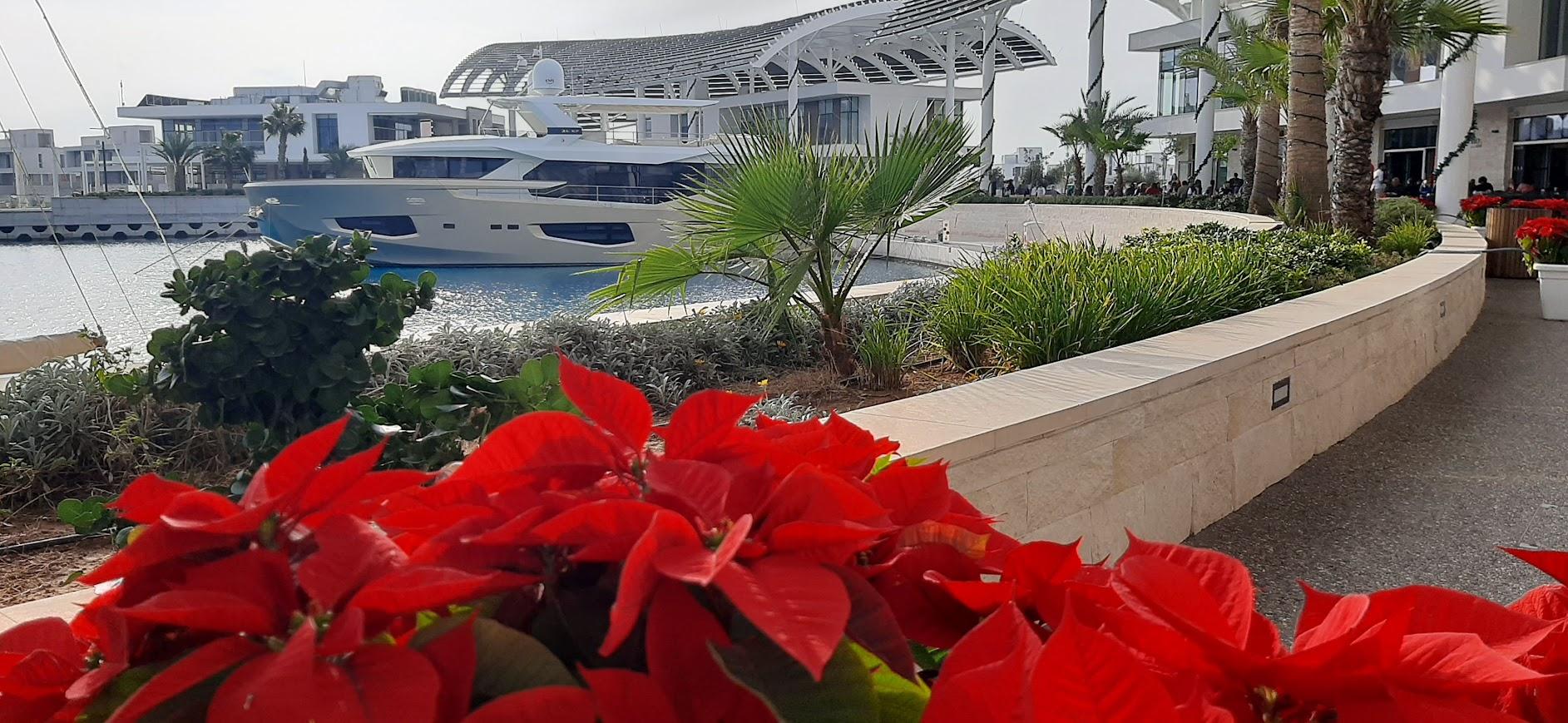On top of Mediterranean climate, turquoise sea and ancient culture, Cyprus is an island of unique natural treasures. Here, at the crossroads of three continents, you'll find plants and animals you won't find anywhere else. To walk in Cyprus is to smell the scent of wild thyme, see a flock of pink flamingos and enter a world where wild beauty meets the hospitality of warm sunshine.
The sunny flora of Cyprus
The Cypriot flora is fascinating in its diversity. There are about 1.9 thousand species of plants, of which more than 140 are endemic, meaning that they only grow on the island. The island is famous for its fragrant herbs, Mediterranean flowers and rare trees.
Fragrant herbs
Cyprus is a paradise for nature and herb lovers. Wild thyme, lavender, rosemary and oregano seem to soak up the sun. These plants not only decorate the Cypriot hills, but also play an important role in cooking and medicine. Honey made from the nectar of wild thyme, for example, is considered one of the most fragrant and beneficial in the world.
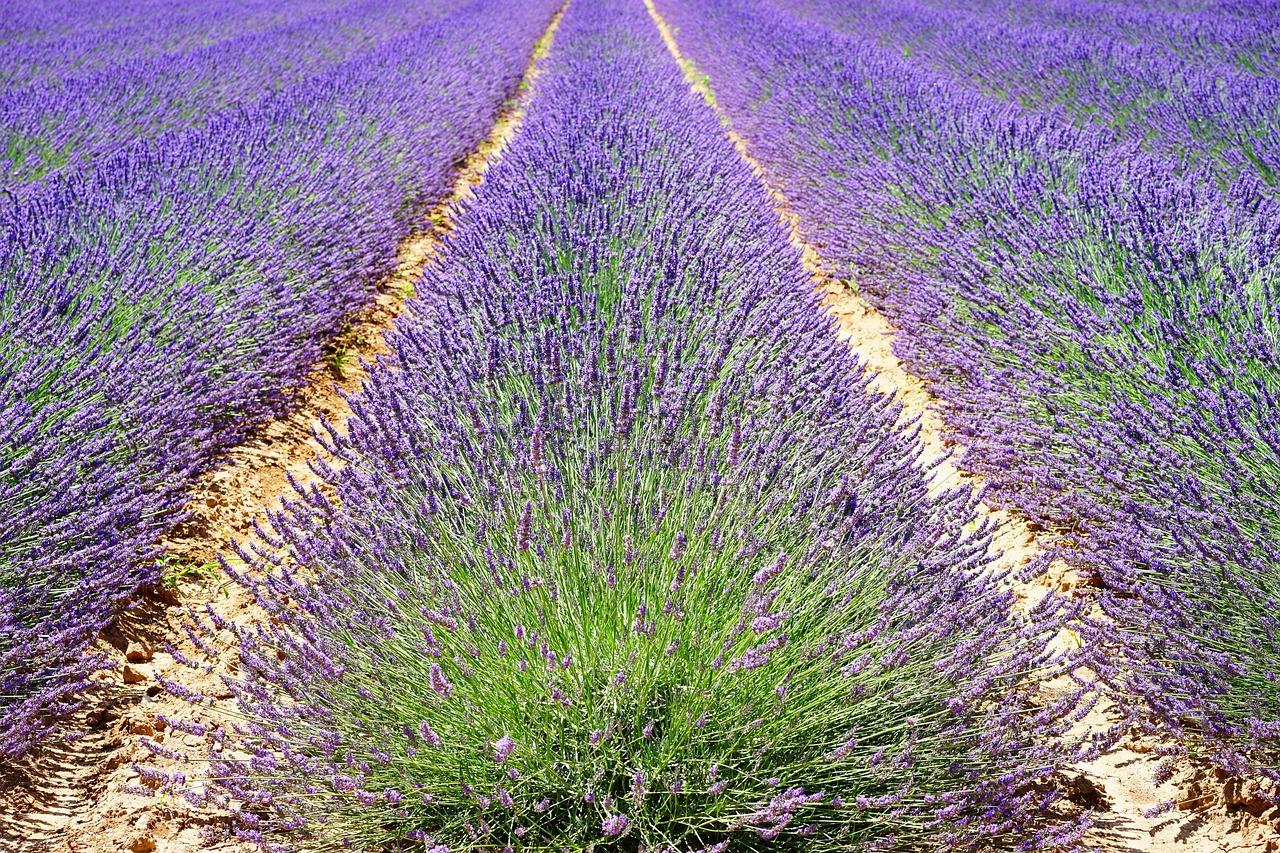
Rare flowers: beauty all year round
In Cyprus, flowering is not limited to spring. Flowers can be found all year round, decorating the island's landscapes and filling them with colour and fragrance.
Winter: stunning greenery and fragile cyclamen
Even in winter, many plants bloom on the island. At this time of year, the hillsides and shady ravines are covered with cyclamen, delicate purple-pink flowers that seem to cover the ground in a living carpet.
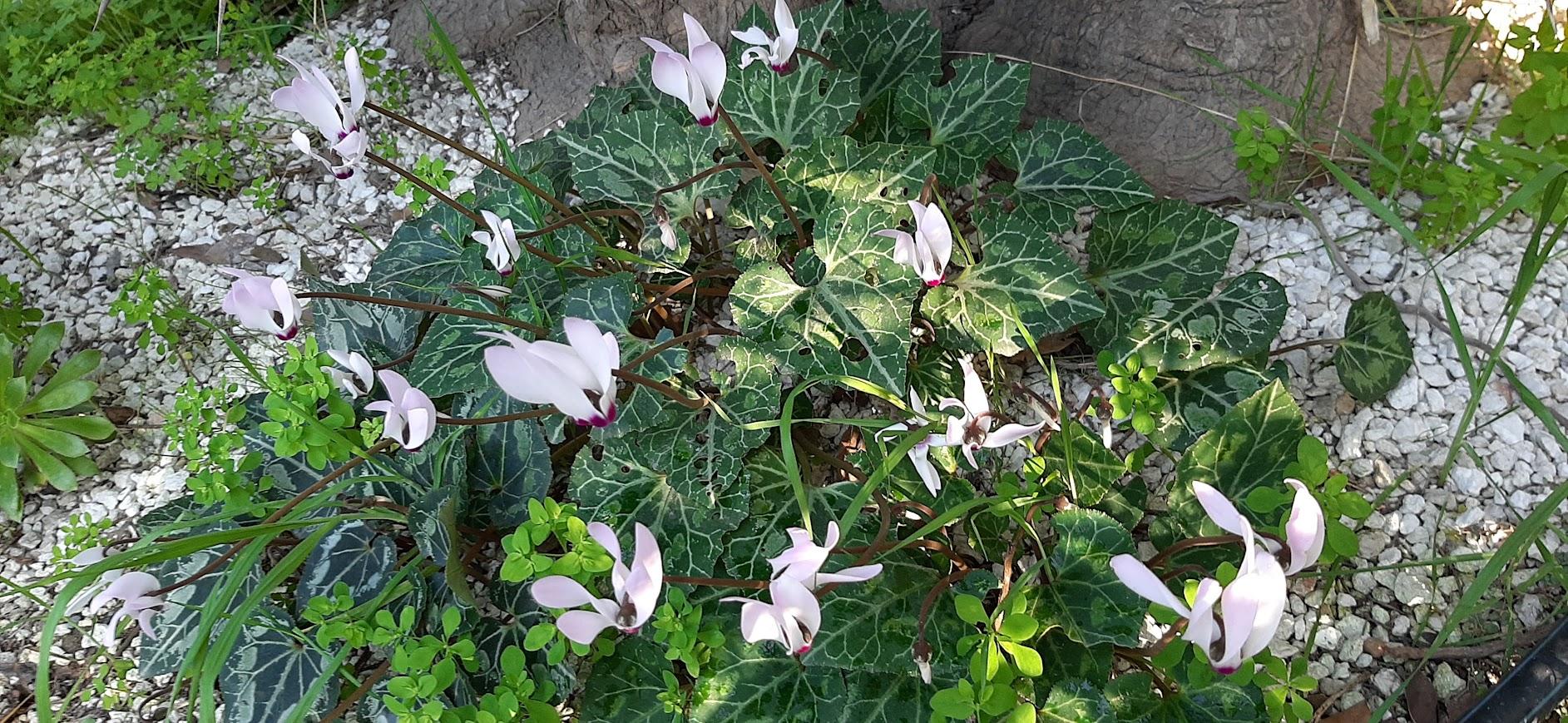
In January, anemones begin to appear, adding a splash of colour to the landscape. Their red, white and purple petals create a sense of spring warmth even in the coolest of seasons.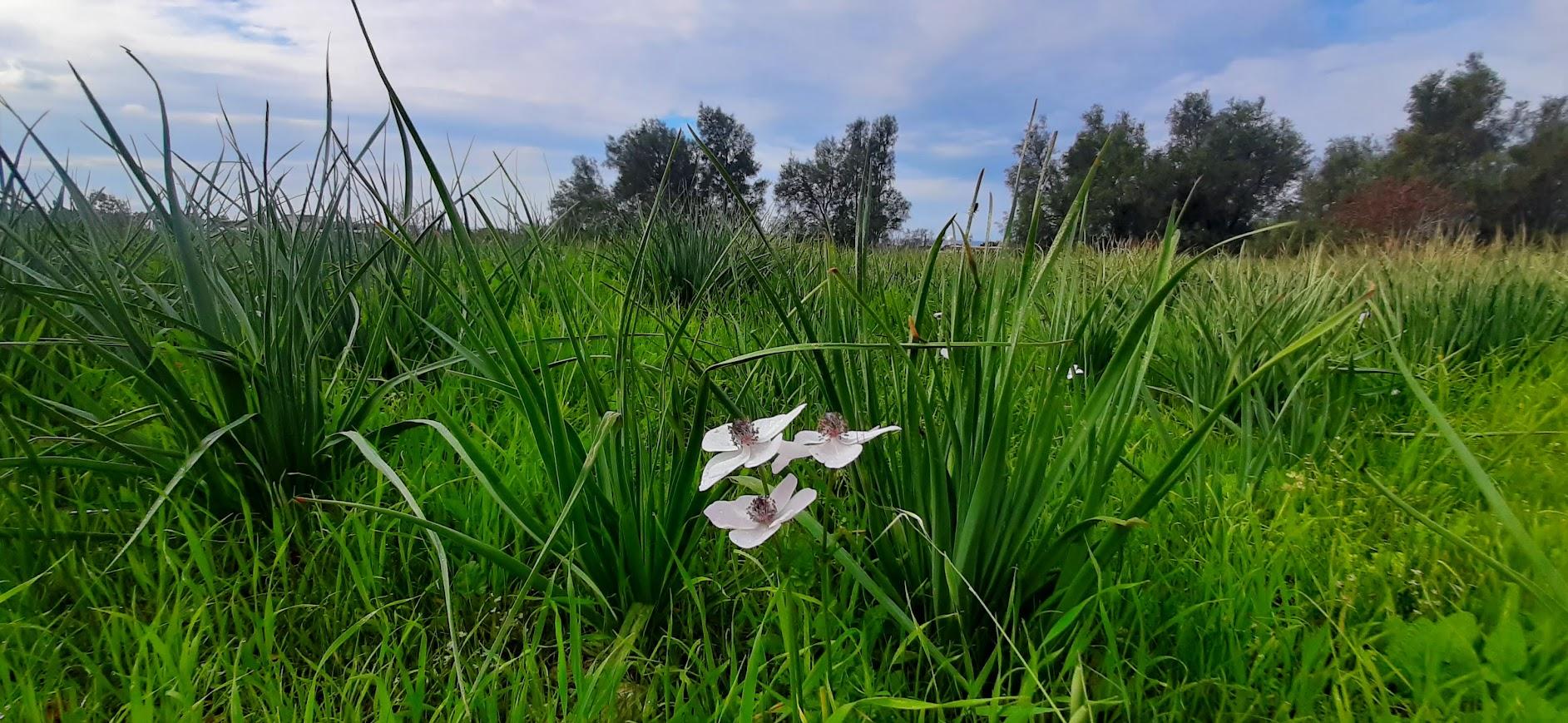
One of the most unusual plants in Cyprus, the passion flower, also known as passion fruit, blooms in November. Its exotic flowers are like a fantasy: colourful, large and intricately shaped. They also surprise with their evolutionary ingenuity - special growths on the flowers repel butterflies and glands secrete a protective liquid. Seeing passion fruit in bloom is a rare treat, as these 'alien' flowers quickly turn into fruit with a rich aroma and sweet and sour taste. In Cyprus, passion fruit not only adorns gardens, but also inspires all who encounter it.
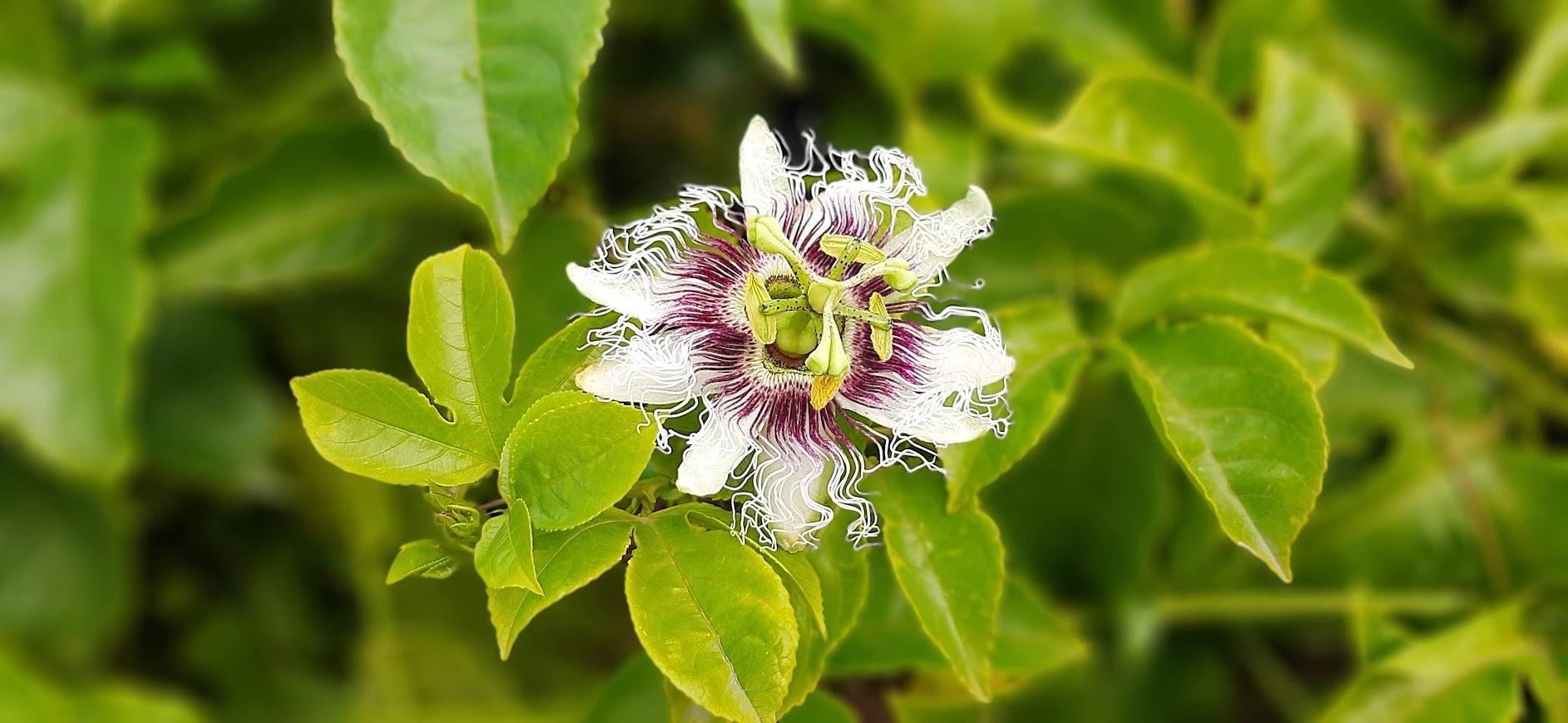
The ripe fruit of the mad cucumber can be a real surprise for curious children: touch it with a stick and it explodes with a loud bang, scattering seeds everywhere. But be careful - this plant is extremely poisonous and is best admired from a distance.
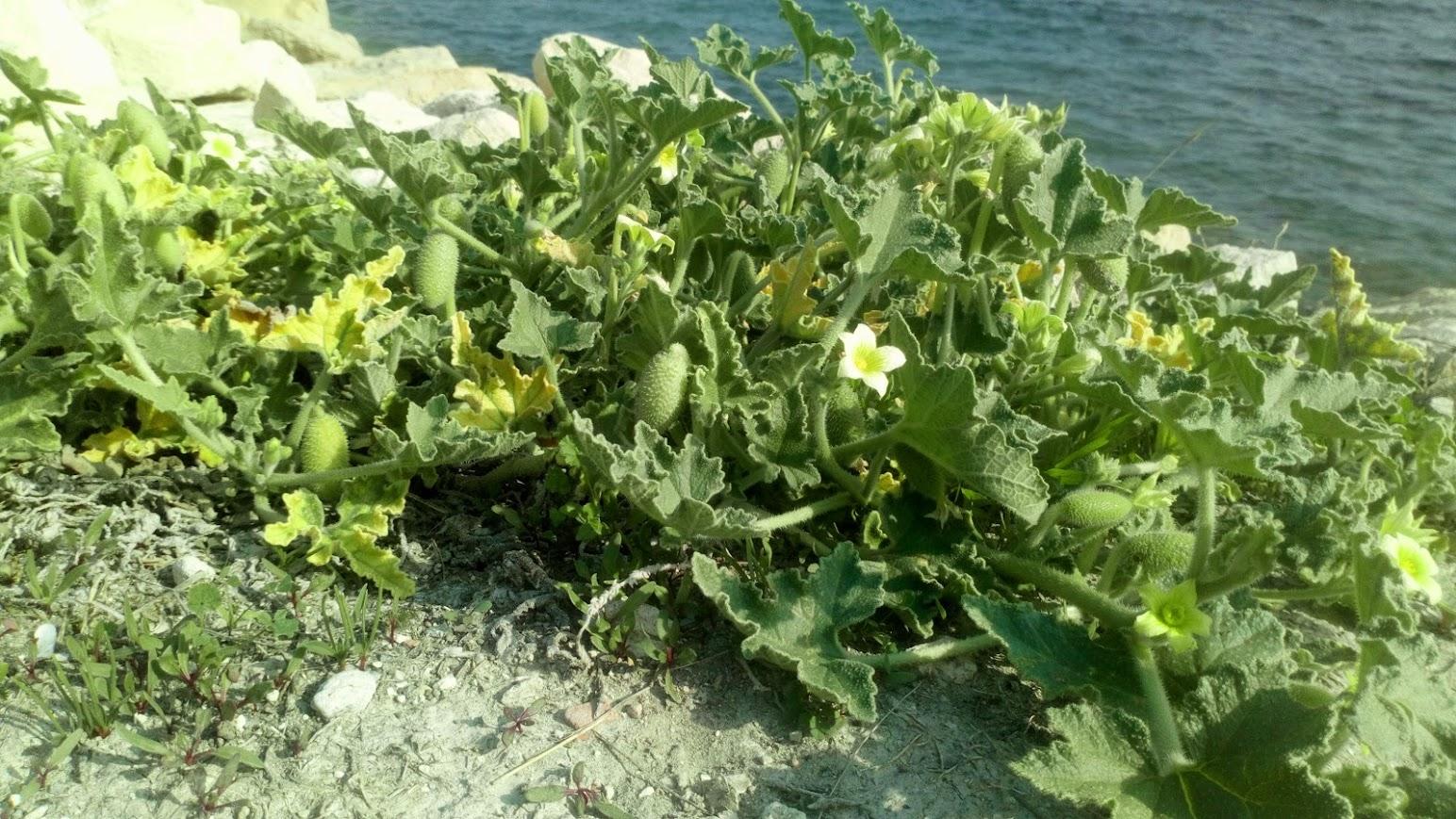
Daisies in Cyprus bloom from winter to late spring, starting in December and peaking in March and April. These delicate white and yellow flowers adorn meadows and fields, providing freshness even in the coolest months of the year.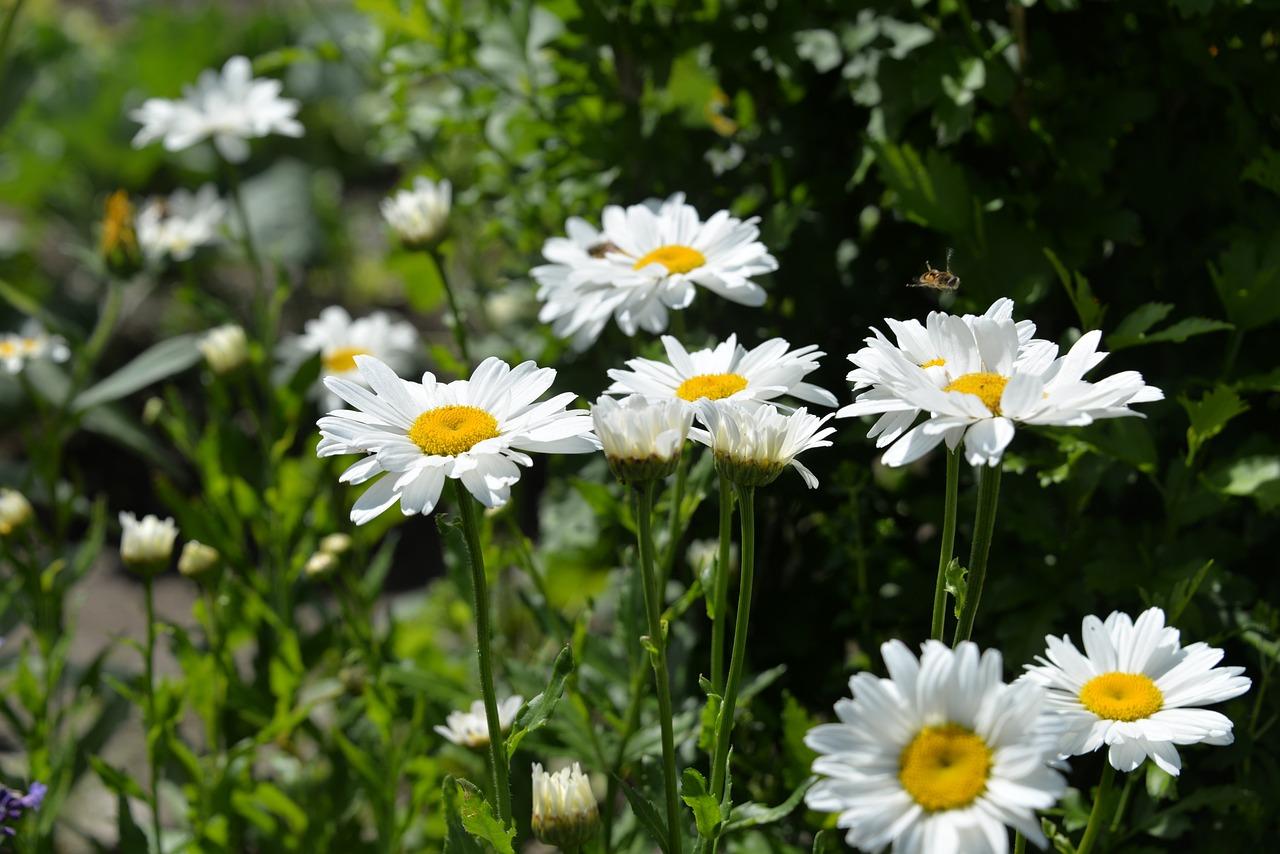
The poinsettia, or star of Bethlehem, has long been a symbol of the winter holidays, although it is native to faraway Central America. In Cyprus, this plant has a special place in Christmas decorations. Its bright red, white or pink bracts (often mistaken for flower petals) adorn homes and gardens, creating an atmosphere of warmth and comfort.
Although not a native plant, the poinsettia has adapted well to the island's mild climate. In December, poinsettias can be seen everywhere: in gardens, on verandas and in pots on terraces and balconies. This plant has become an integral part of the Cypriot Christmas culture, adding a splash of colour to the winter landscape.
Spring: a riot of colour
Spring in Cyprus is the time when the fields are covered with wild tulips, irises and poppies. Wild orchids, including the rare bee-eater, adorn the meadows and the mountains come alive with lavender and rosemary flowers. This time of year is particularly popular with tourists and photographers as nature is at its most beautiful.
The photo below captures the spring meadow flowers of Cyprus, including the delicate blue-purple inflorescences of limonium and bright yellow dandelions. This vibrant carpet of flowers and herbs enlivens the island's coastal landscapes, filling them with colour and fragrance during the warmer months.
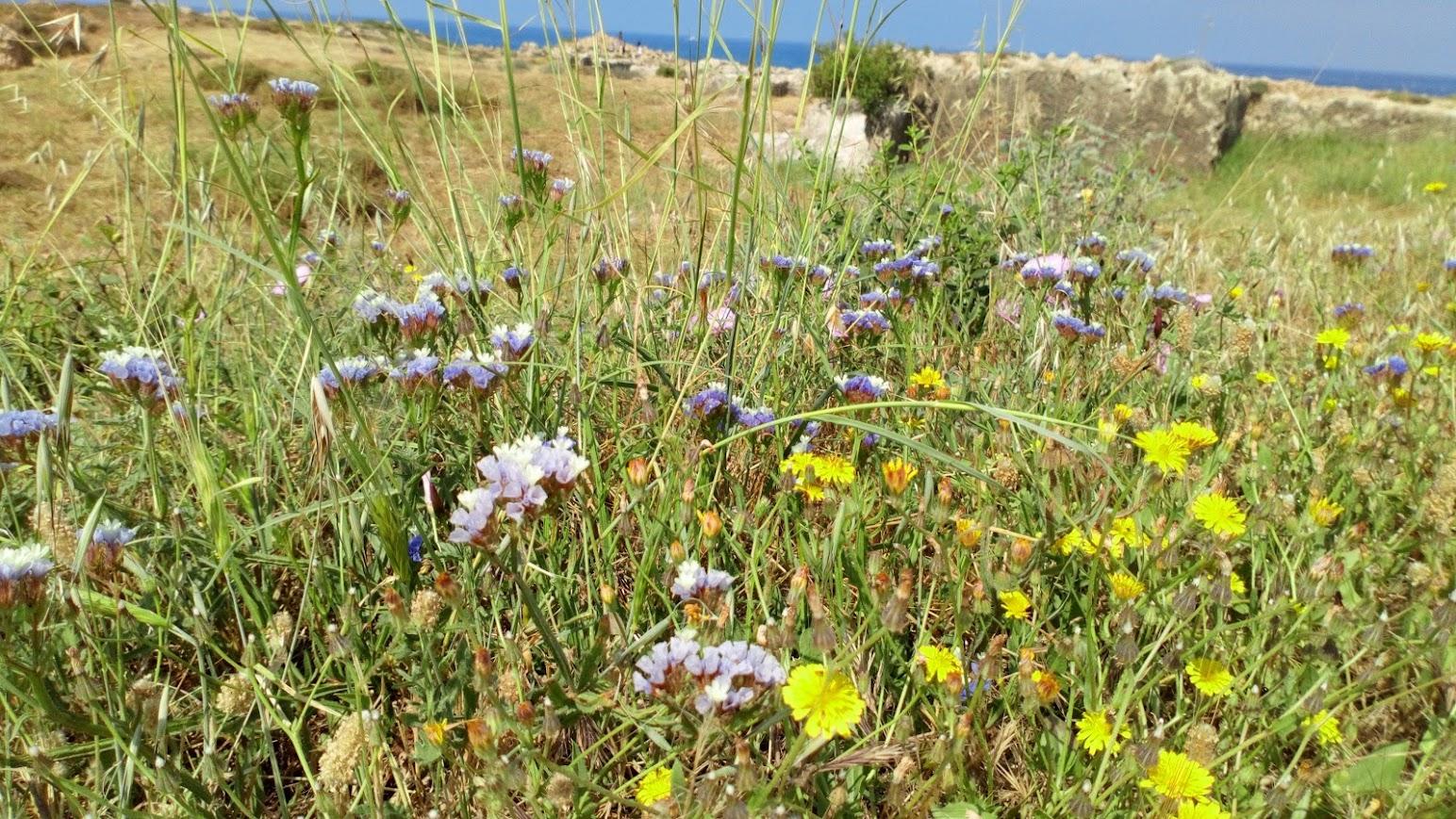
Hibiscus, native to tropical regions, has become an integral part of Cypriot gardens. Its bright, large flowers in rich shades ranging from pale pink to deep red add an exotic charm to the island's landscape. Although not indigenous to Cyprus, it has adapted well to the island's climate and blends in well with the natural and cultural diversity of the region. Hibiscus flowers almost all year round, especially in summer and autumn, and is a delight to the eye and enlivens the landscape even during the hottest months.
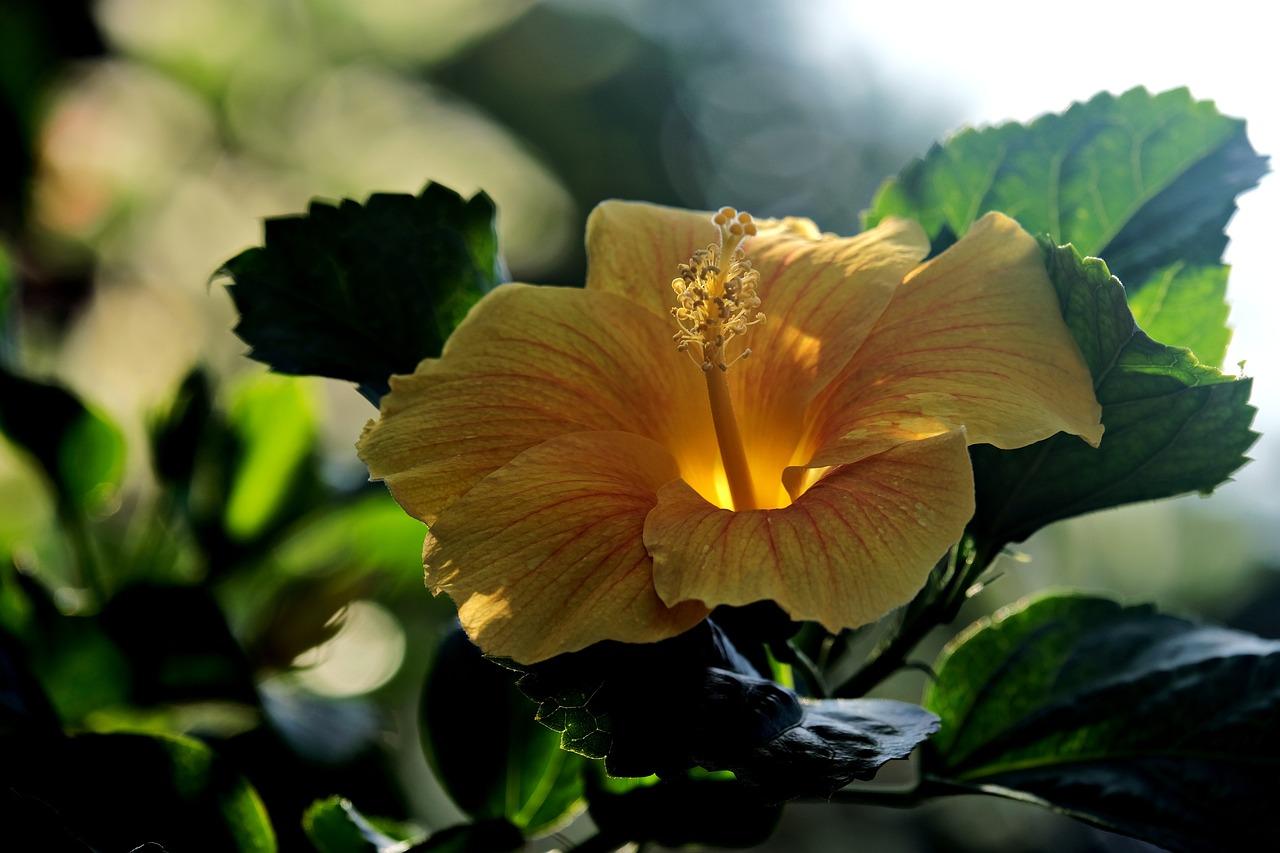
Summer: the bright colours of the dry season
Summer is not a time for nature to stand still. In the midst of arid landscapes, magnificent bougainvilleas sprout up and adorn the walls of houses with vibrant purple and pink flowers. Cacti and agaves, typical of the Cypriot climate, are adorned with delicate, almost fairytale-like blossoms that contrast so unexpectedly with their austere forms.
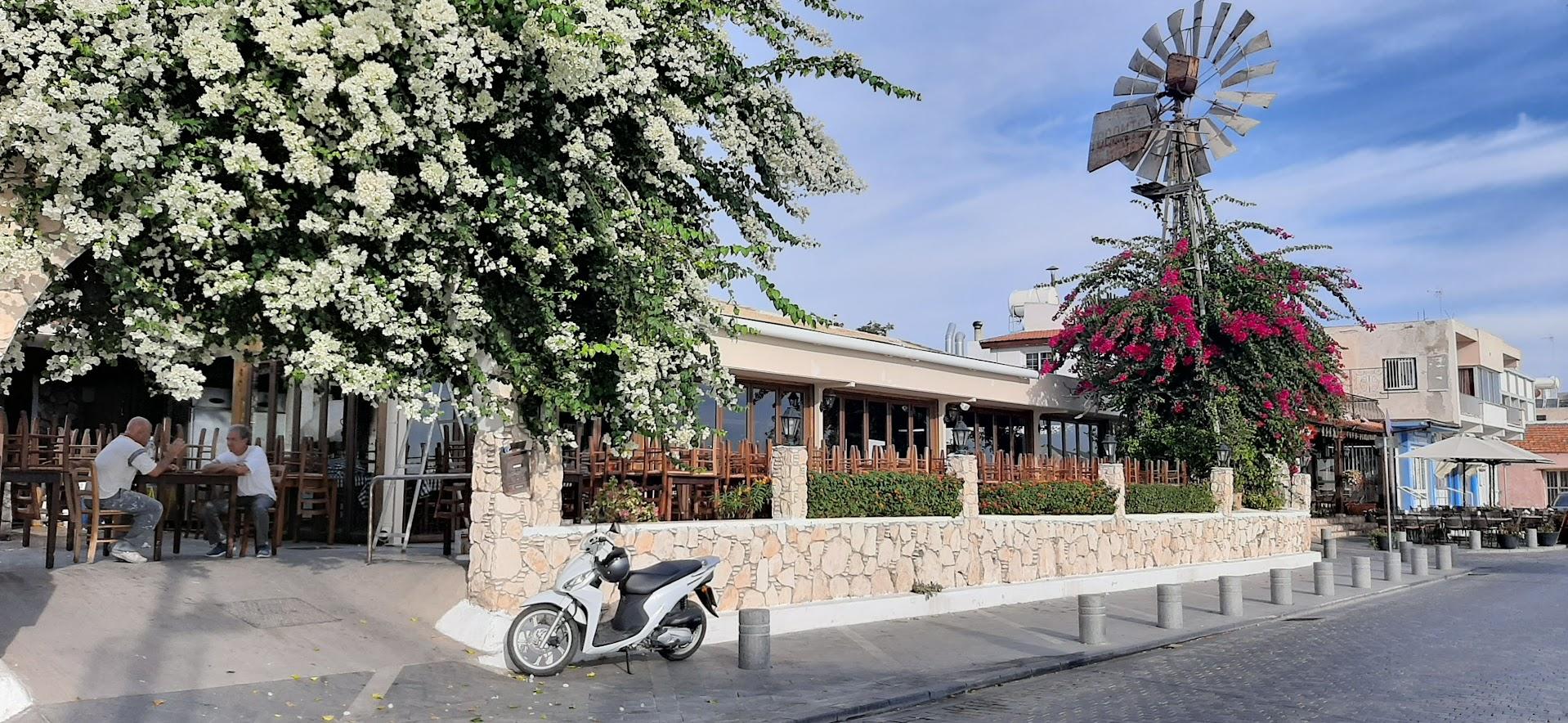
Autumn: a golden palette
The Cypriot countryside is transformed in autumn, with yellow and orange hues appearing in gardens where chrysanthemums and late blooming dahlias bloom. Wild carnations and rare varieties of autumn orchids begin to bloom. Delicate daffodils, the first harbingers of winter, begin to appear in open fields in November.
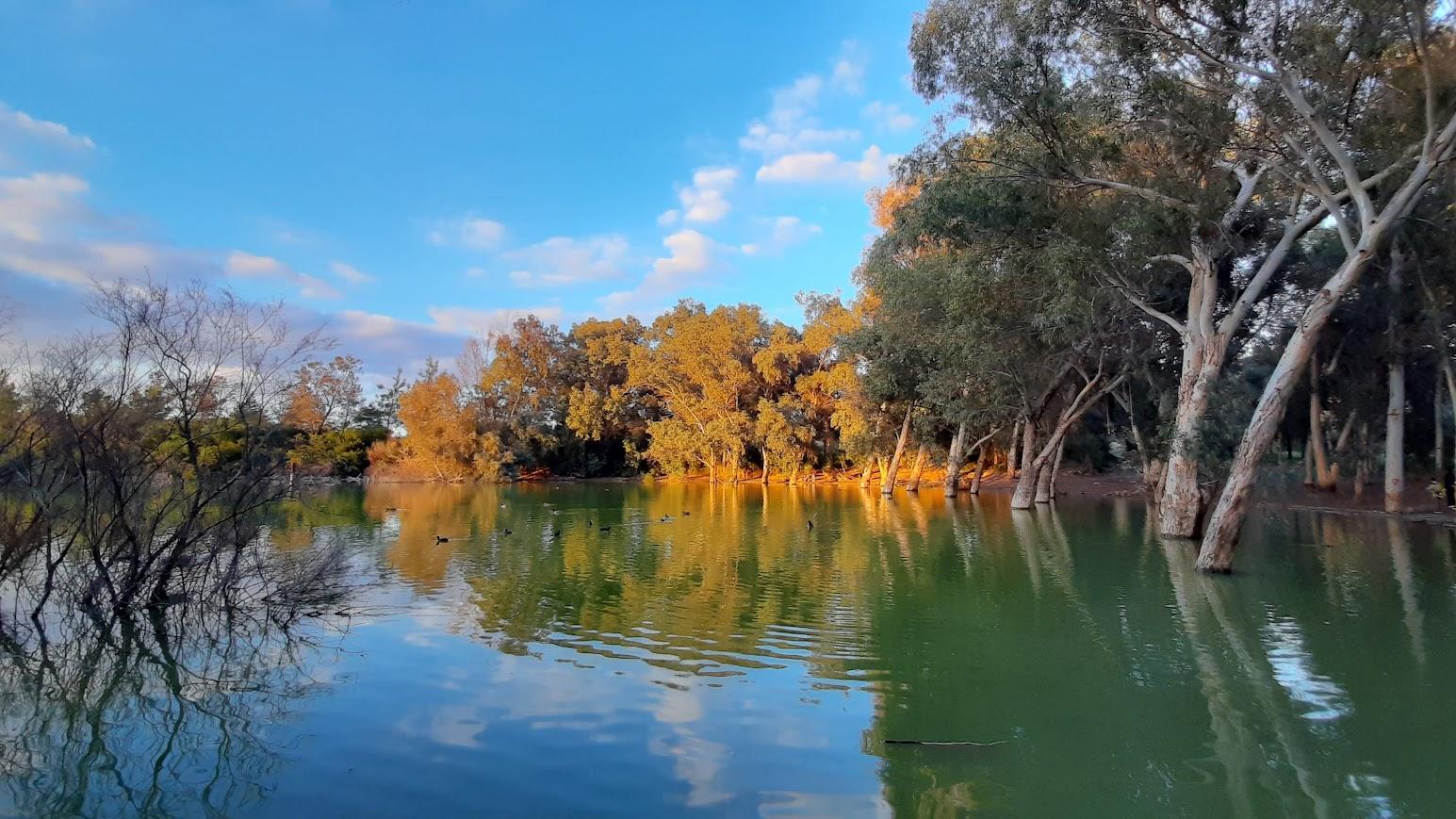
Brugmansia, known as Angel's Trumpets, with its spectacular funnel-shaped flowers, has become a real gem in Cypriot gardens. This non-native tropical plant, originally from South America, is elegant as the large flowers hang from the branches, exuding a subtle sweet fragrance that is particularly noticeable in the evening hours.
In Cyprus, Brugmansia flowers from late spring to autumn, adorning gardens, patios and terraces. Despite its exotic origins, it has adapted well to the Cypriot climate and has become a popular choice for ornamental planting. But behind its beauty lies danger: all parts of the plant are poisonous and must be handled with care.
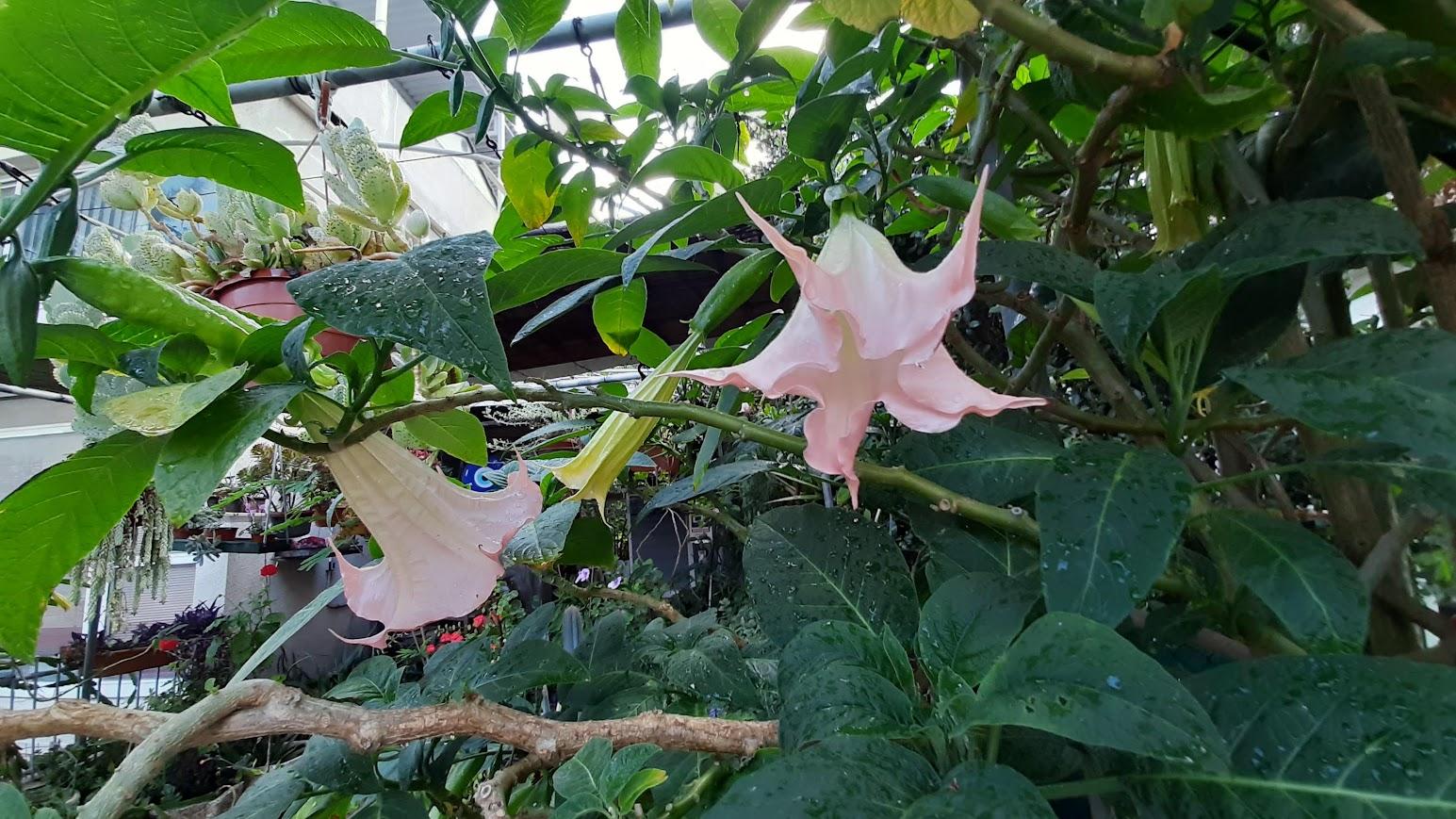
Known for its delicate pink-purple flowers, the Autumn Flourescence blooms in Cyprus in October and November, adding delicate colour to the autumn landscape. Despite its outward resemblance to crocuses, it belongs to a different family and blooms without leaves, making it particularly remarkable.
It is important to remember that it is poisonous, so it is better to admire this natural decoration from a distance.
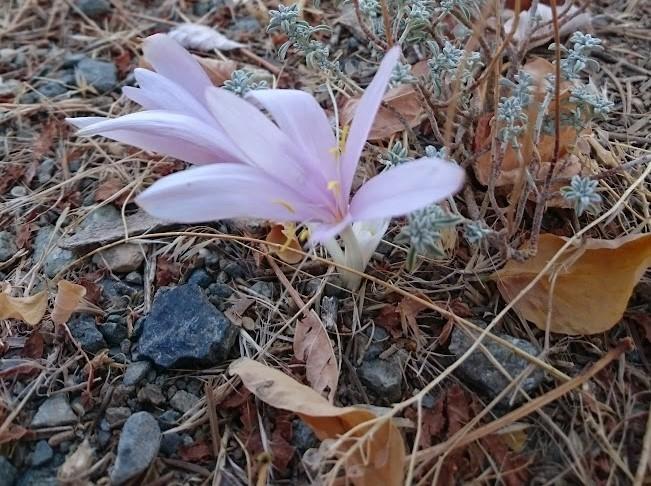
The Chorizia marvellosa or silk tree is a true natural ornament that is becoming increasingly common in Cypriot gardens. Native to South America, this tree attracts attention with its unusual spiky trunk and large bright pink flowers with white veins that bloom in autumn. In Cyprus, chorizia flowers from October, adding exotic colour to the autumn landscape. After flowering, the tree produces fruits filled with soft, silky fibres that were once used in the textile industry. Because of its hardiness and decorative appeal, chorizia has become a popular choice for parks and large gardens across the island.

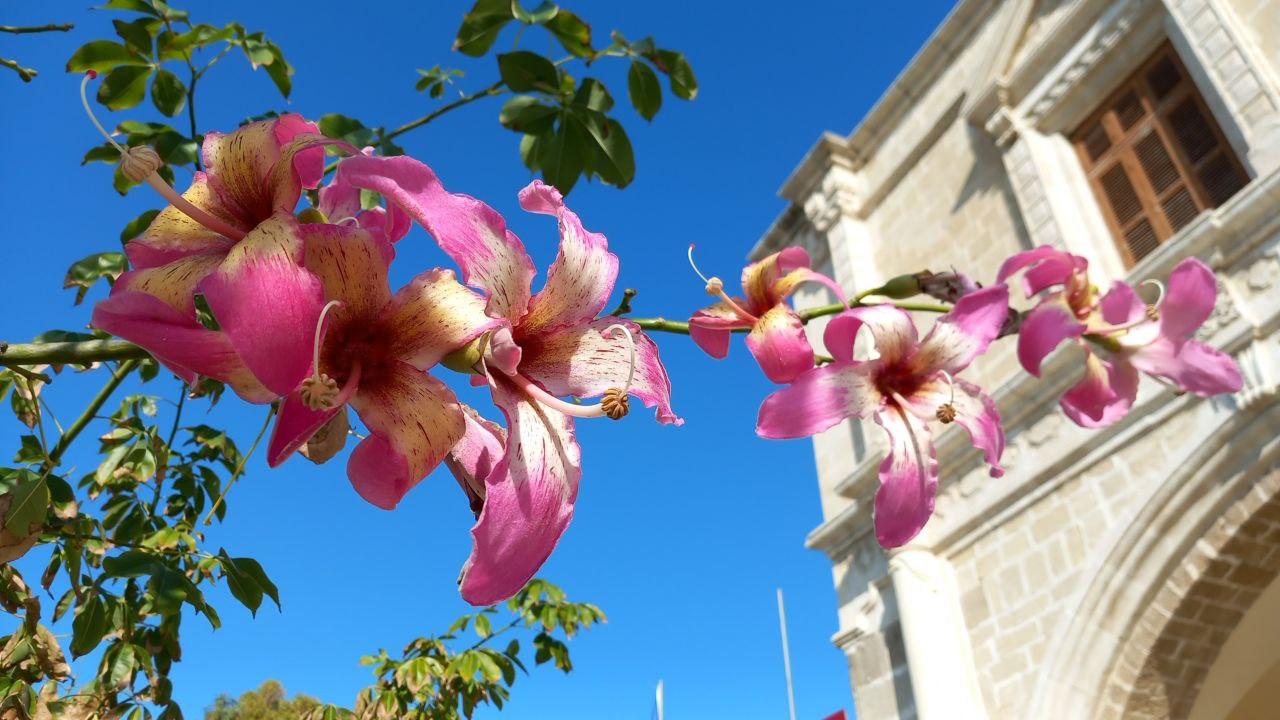
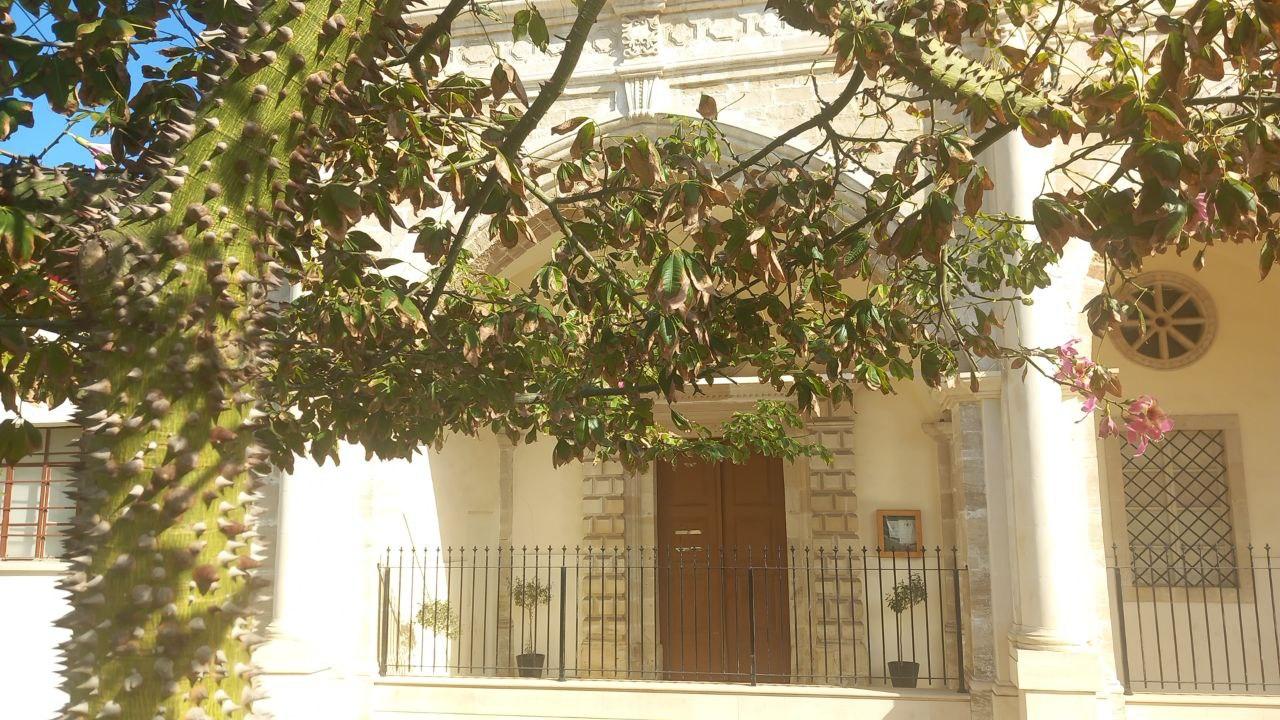
Each season in Cyprus offers its own floral treasures, making it seem as if nature never rests. This evergreen cycle makes the island a special place for those who love to observe the beauty of plants at any time of the year.
Palm trees: a symbol of southern paradise
Palm trees, especially date and fan palms, have long been a visual part of the Cypriot landscape. However, they are not indigenous species but were introduced to the island to emphasise its southern flavour. Today, palm trees adorn seafronts, gardens and parks, adding a tropical elegance to Cypriot towns.
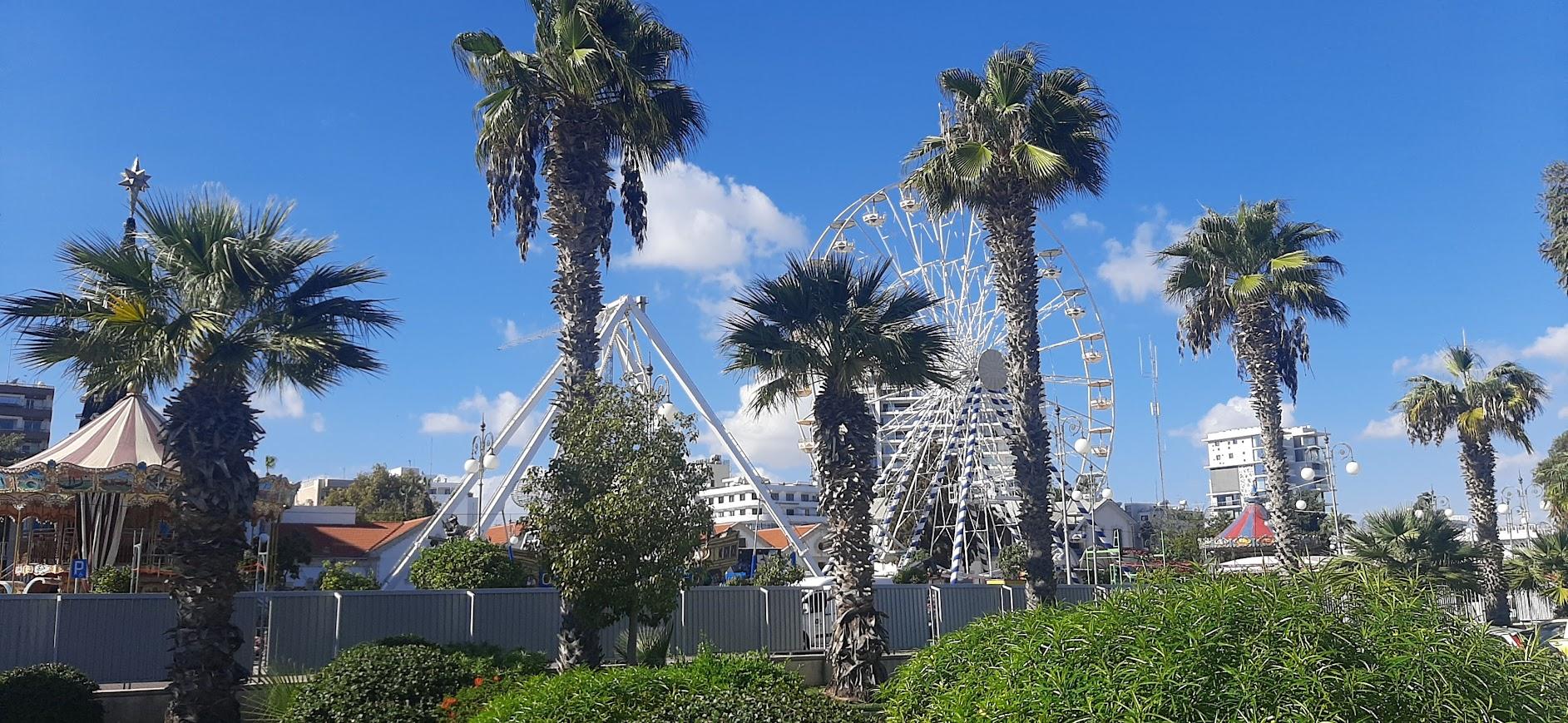
Olive trees: the heart of Cypriot nature
Olive trees are not only part of Cyprus' flora, they are a symbol of life, wisdom and sustainability. Olive trees have been growing here for thousands of years and have been cultivated since ancient times. The oldest trees can be found all over the island and some are hundreds of years old. In spring the olives are covered with delicate white and cream blossoms and from October to December the fruit ripens and becomes the basis for the production of the famous Cypriot olive oil.
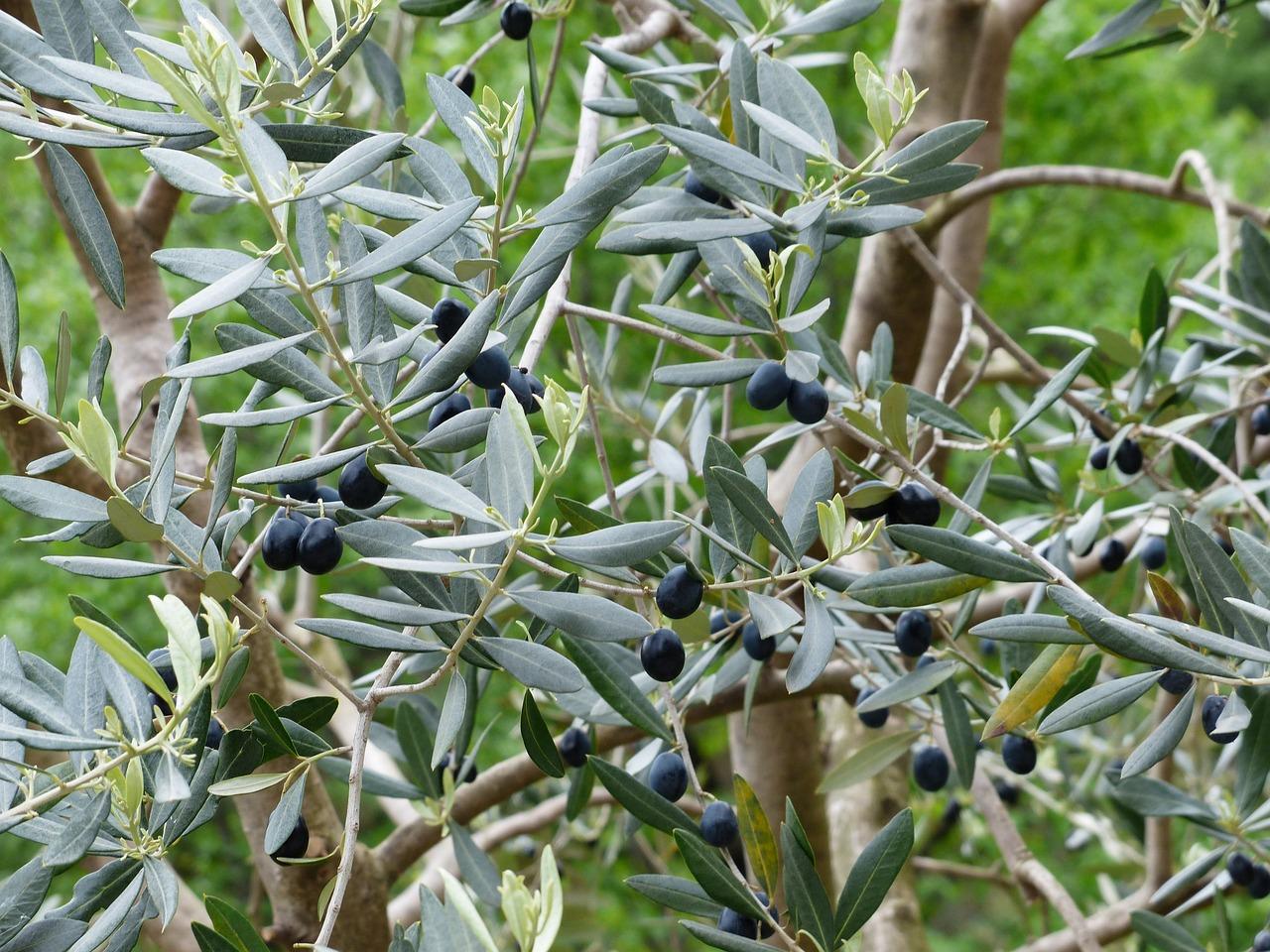
Citrus: a fragrant part of Cyprus' nature
Citrus trees, such as oranges, lemons, mandarins and grapefruits, have become an integral part of the Cypriot flora due to the ideal climate for their cultivation. Although they are not endemic, they have been grown on the island since ancient times. In spring, the citrus blossoms fill the air with their sweet fragrance and their fruits ripen from winter until late spring, decorating gardens and plantations.
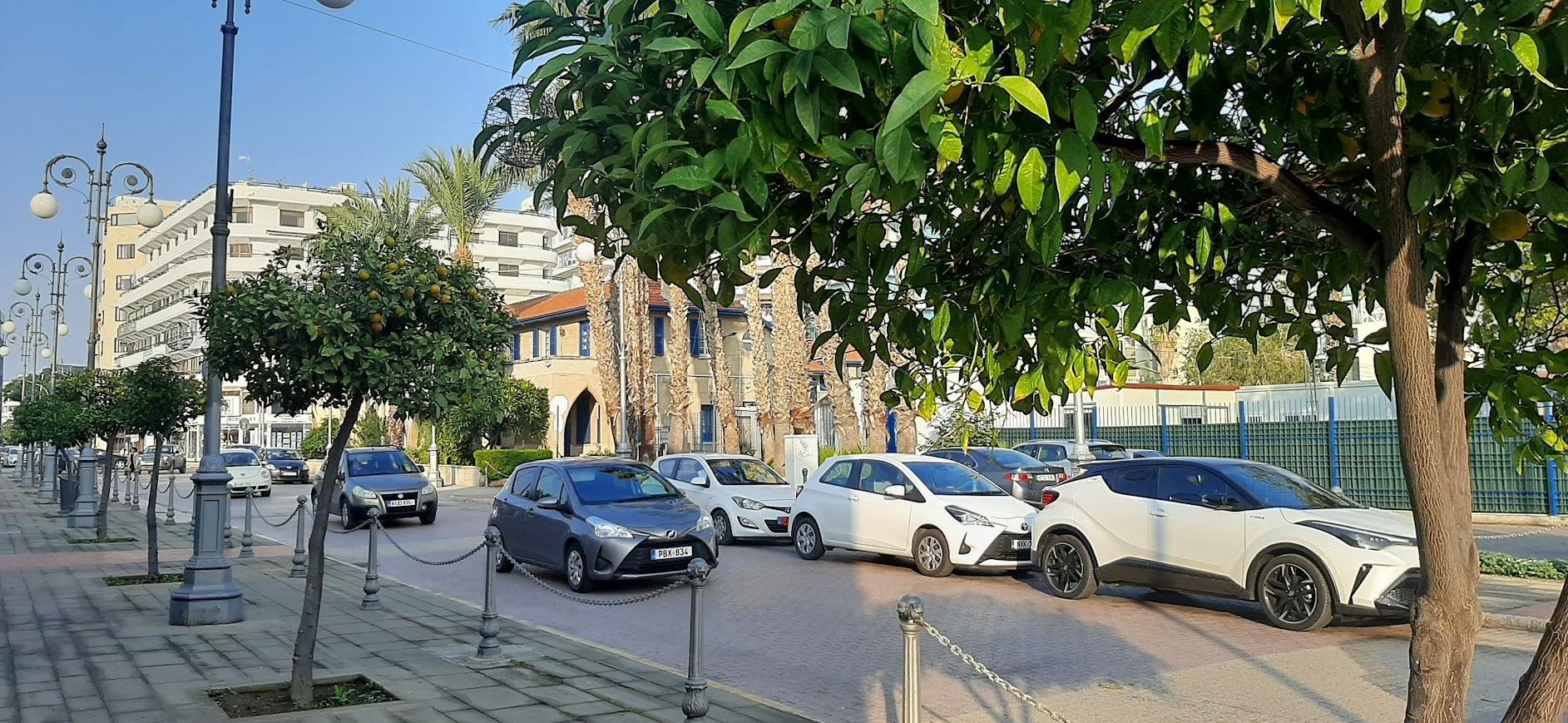
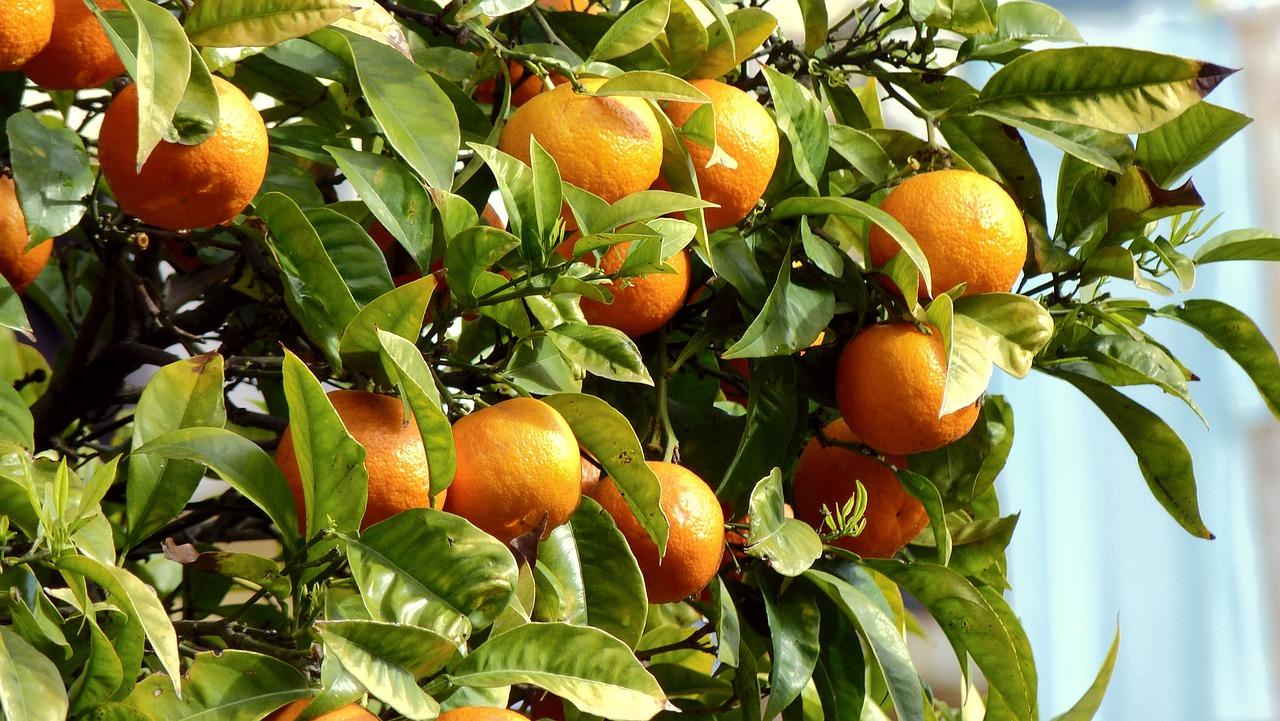
Pomegranates: a symbol of wealth in Cyprus
The pomegranate is one of the oldest cultivated plants in Cyprus. These trees are ideally suited to the island's Mediterranean climate and hold a special place in Cypriot culture. Pomegranates are believed to symbolise abundance, fertility and prosperity.
In Cyprus, pomegranates bloom in late spring and early summer, adorning gardens with bright orange-red blossoms. The fruit ripens in the autumn, usually from September to November, and its ruby-red seeds not only decorate the table, but are also used in traditional dishes such as pomegranate sauce or desserts. Pomegranates can be considered part of the flora of Cyprus, as they have been cultivated on the island since ancient times. They have become an integral part of Cypriot gardens and landscapes, along with olive and citrus trees.
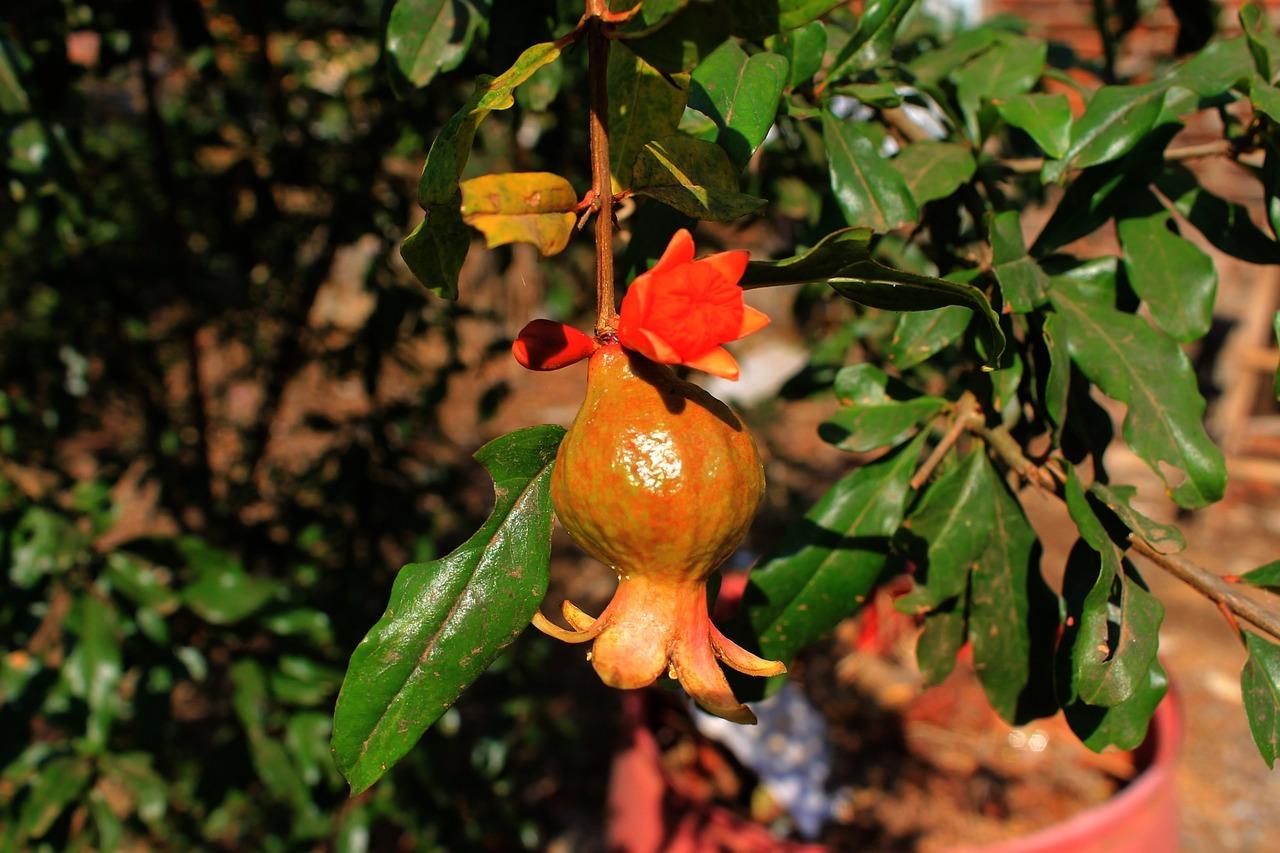
Cyprus Black Pine Forest
In the Troodos Mountains you will find dense forests where the unique Cyprus Black Pine Forest grows. These trees can reach an age of several hundred years and their aromas mingle with the clean mountain air, creating an ineffable atmosphere of tranquillity.
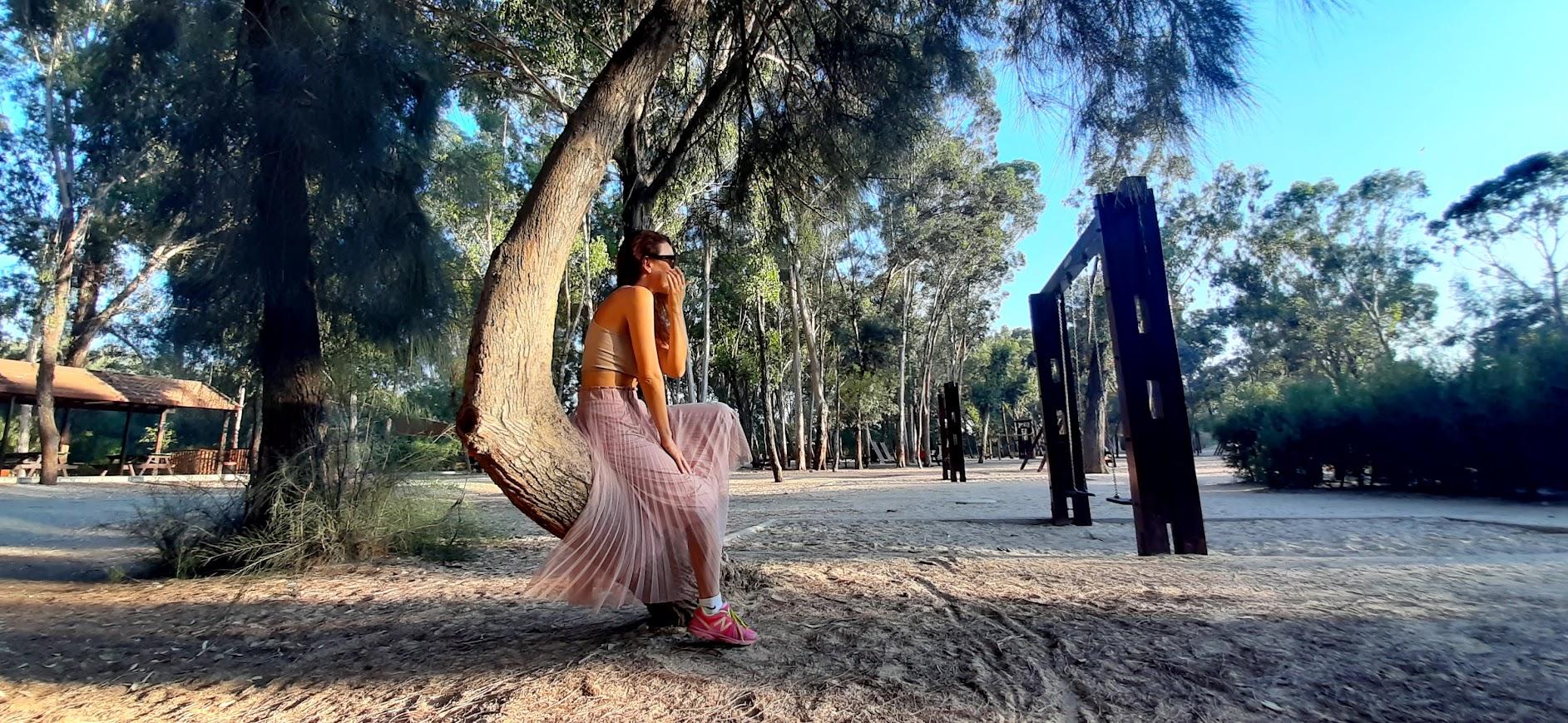
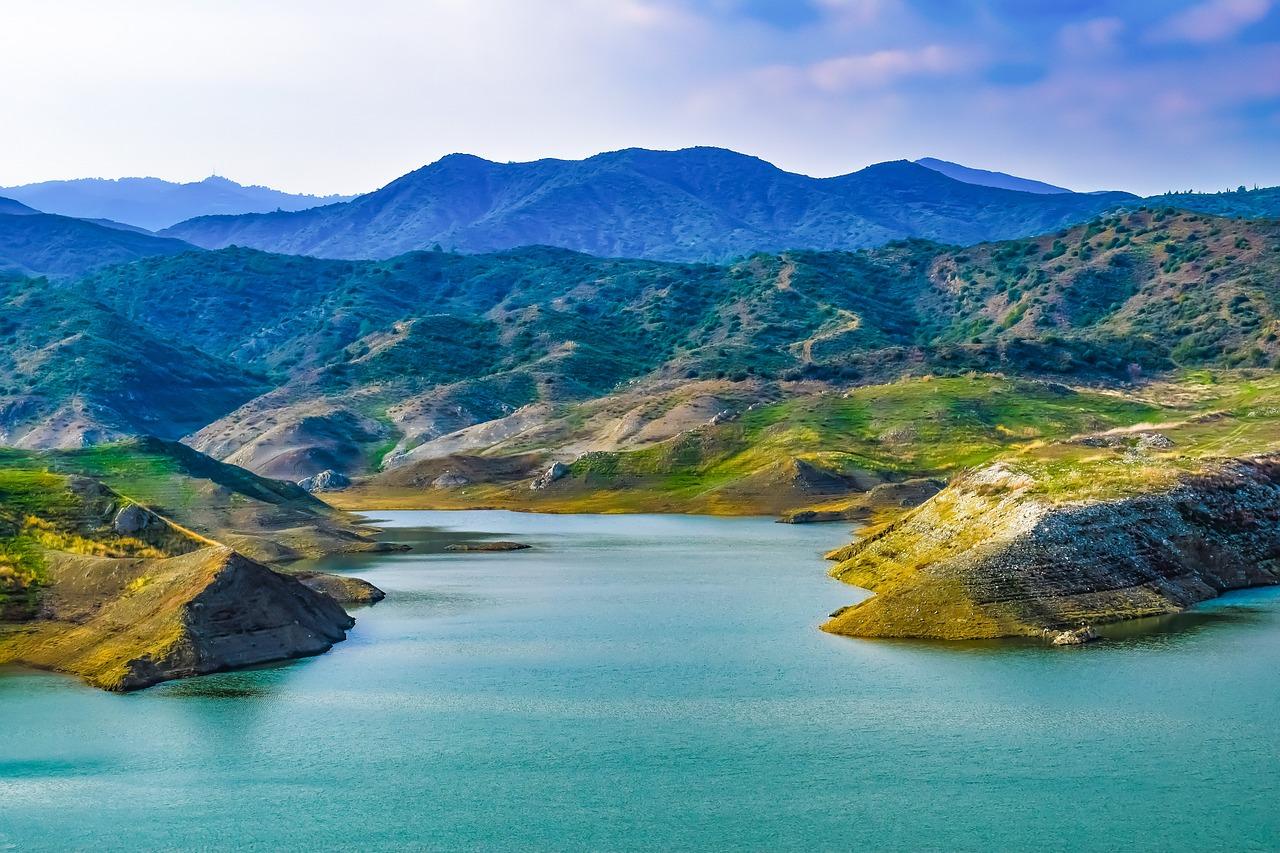
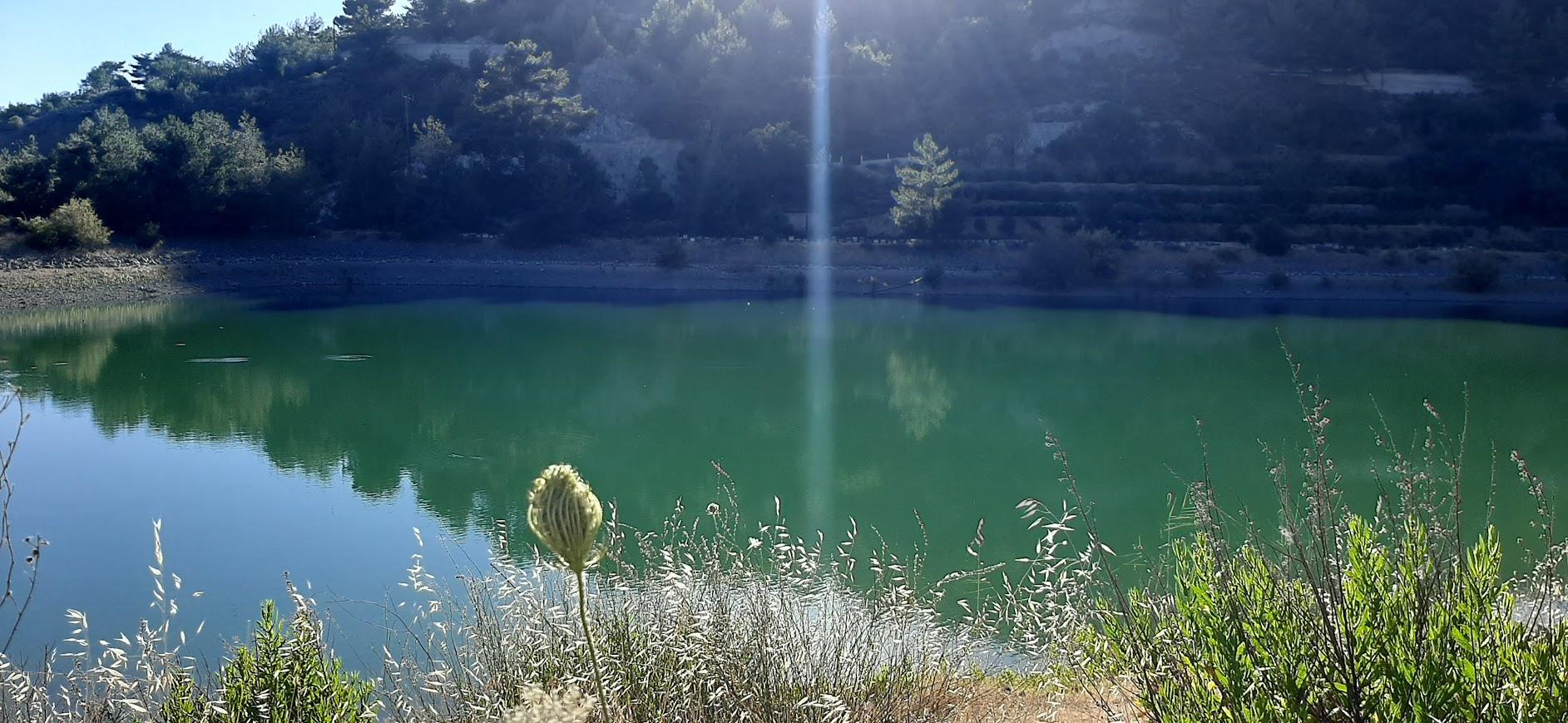
Wildlife of the island
Cyprus is home to a wide variety of animals, including some real stars that only live here. From rare birds to sea turtles, Cyprus' wildlife is diverse and magnificent.
Sea Turtles
The shores of Cyprus are an important breeding ground for two species of sea turtle: the green turtle and the loggerhead turtle. Between June and August they lay their eggs on the beaches of Lara and Akamas. In order to preserve their population, the natural areas here are strictly protected. Watching the baby turtles make their way to the sea under the light of the stars is an unforgettable experience.

Moufflons are the symbol of Cyprus
The mouflon is a wild mountain sheep found only in Cyprus. These graceful animals with curled horns are the symbol of the island and the mountainous part of its nature. Mouflons can be seen in the Paphos Forest Reserve if you are lucky enough to see one. Their grace and free spirit impress all who meet them.
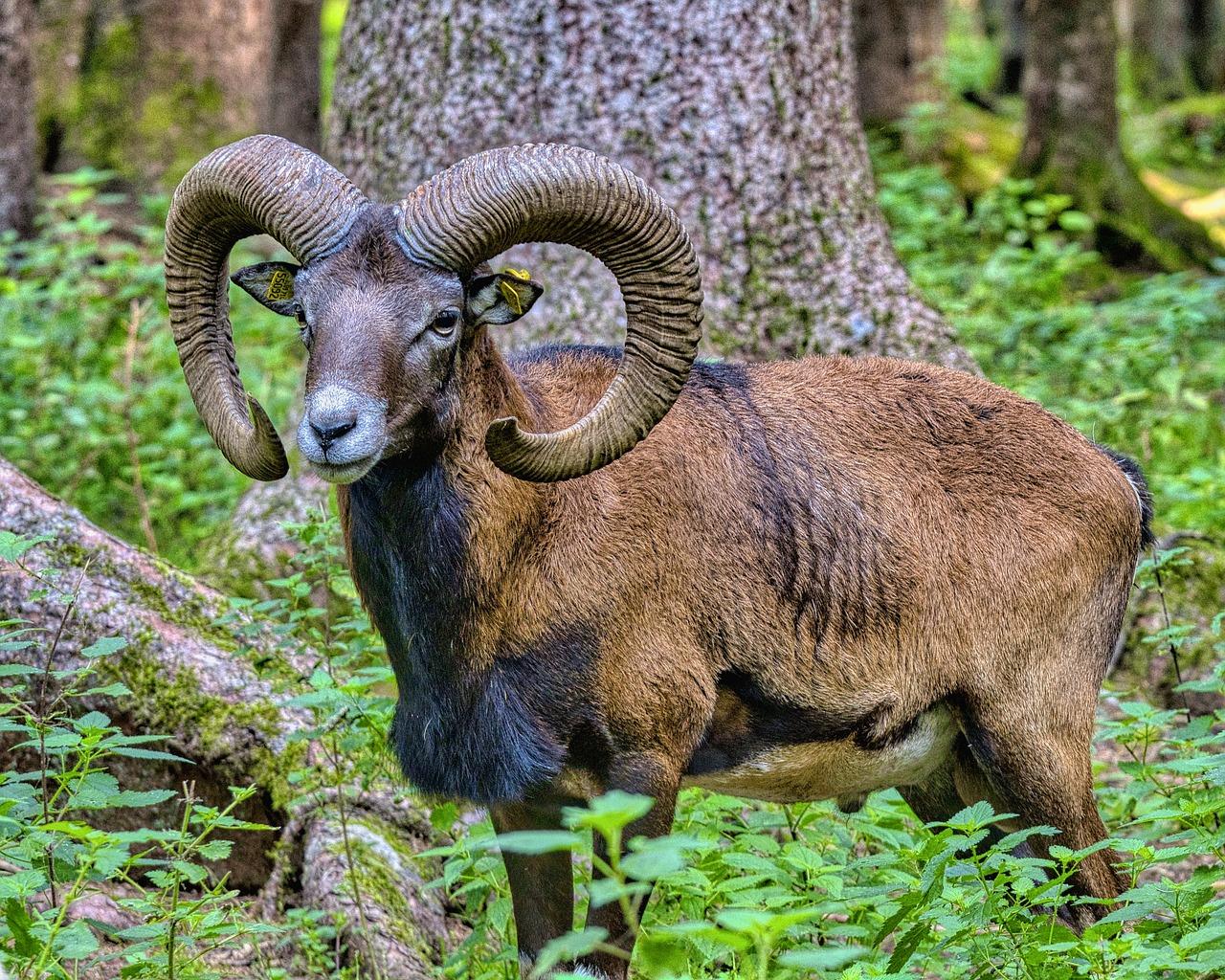
Donkeys: a traditional symbol of Cyprus
The Cypriot donkey is a living symbol of rural life and hard work, inextricably linked to the history of the island. Introduced to Cyprus in ancient times, these animals played an important role in agriculture, helping to transport olives, grapes and other agricultural produce. Thanks to their endurance and ability to work hard in the hot climate, donkeys became indispensable companions to Cypriots.
Today, although they have lost their utilitarian role, donkeys remain an important part of Cypriot culture. At donkey farms you can meet these friendly animals, feed them and even take them for a walk. This experience allows you to immerse yourself in the atmosphere of traditional Cyprus and feel connected to the past, when donkeys were not only a work force but also part of rural life.
The wild donkeys of Karpasia: a symbol of the unity of Cyprus
The Karpasia peninsula in northern Cyprus is home to feral donkeys, animals that have become a living symbol of the island's agricultural past and unity. After the events of 1974, when many farmers left their homes, the donkeys, left without owners, began to live in the wild. They belong to no one and roam freely in the countryside of Carpasia, often interacting with people in a friendly way. These donkeys are a reminder of a time when Cyprus was united and every Cypriot lived in harmony with nature. Today their population is protected by law, an example of rare cooperation between Greek and Turkish Cypriots. These animals continue to carry their historical significance, remaining not only part of the island's nature, but also its cultural symbol.
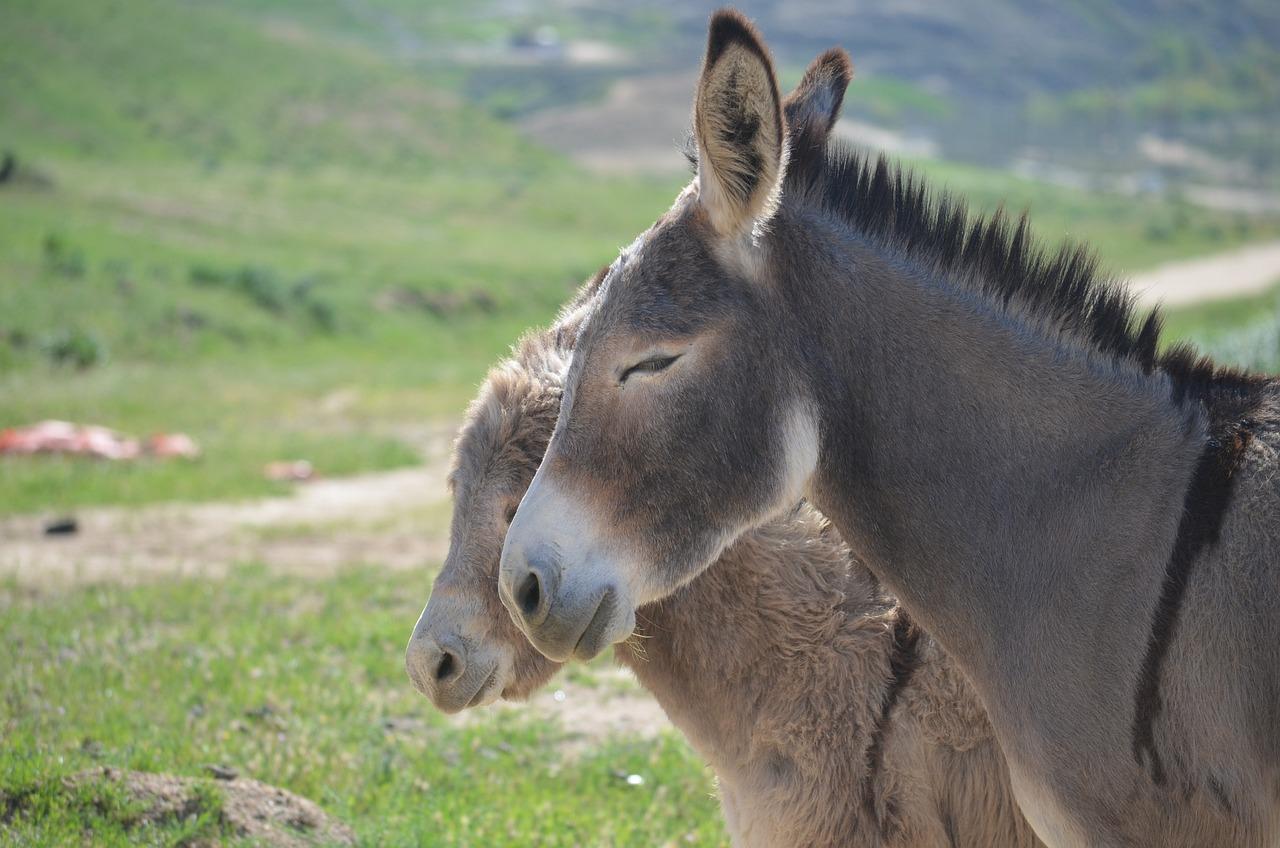
Birds of Cyprus
Cyprus is an important stopover for birds. More than 370 species can be found here, including the rare black swifts and white-winged terns. The island is a birdwatcher's paradise, especially during the spring and autumn migrations.
One of the most magical spectacles is the pink flamingos that arrive at the salt lakes of Larnaca and Akrotiri in winter. Thousands of graceful birds stand on slender legs in the mirror-like water, reflecting the colours of the sunset. It's a sight to take your breath away. If you're here in winter, this sight is a must.
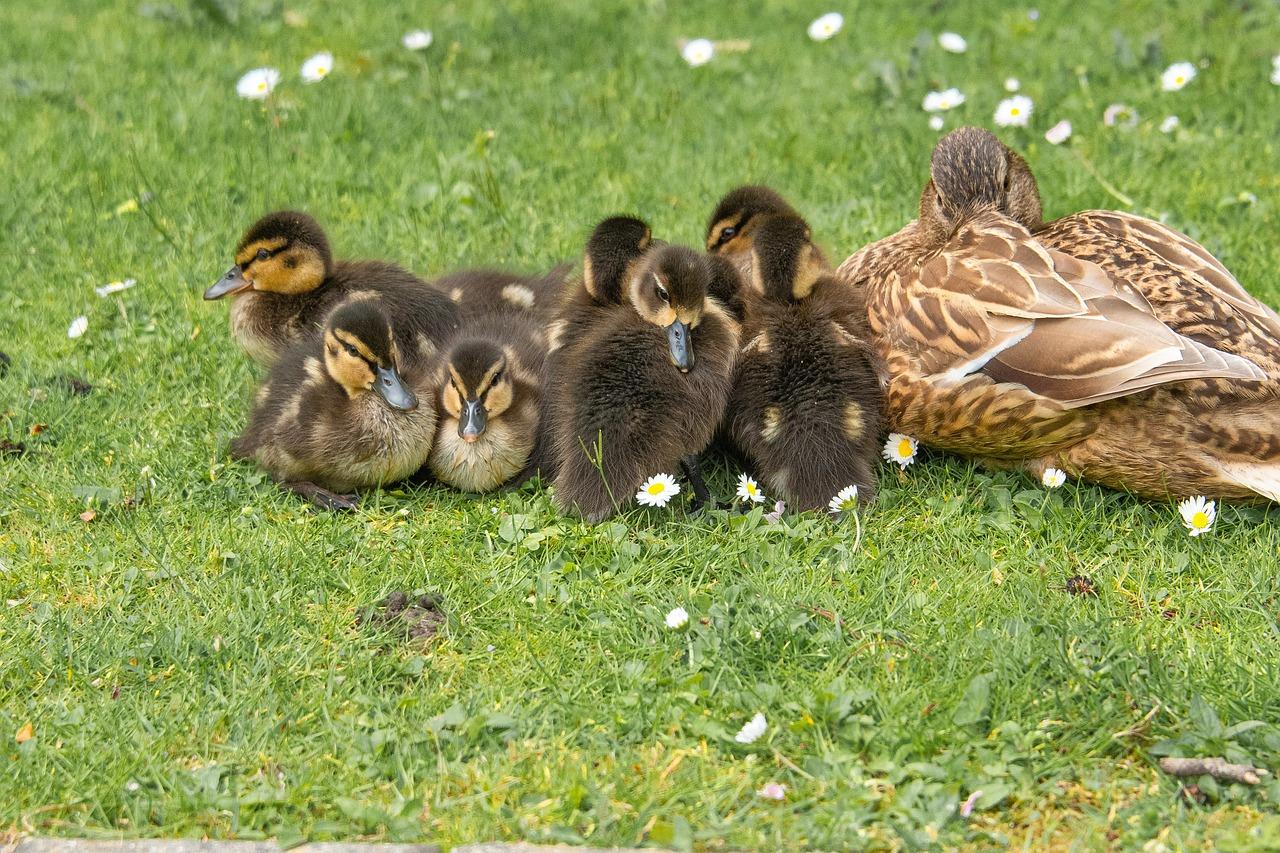
Nature parks and reserves
For those who want to get a closer look at Cypriot nature, the island has national parks and nature reserves. The most famous are
- Akamas Peninsula Rich in flora and fauna, this area is considered one of the most unspoilt corners of the island. There are hiking trails and crystal clear beaches.
- Larnaca salt lake, where hundreds of flamingos and other migratory birds arrive in winter. In summer, the lake dries up, leaving a shiny layer of salt with flecks of pink feathers.
- Troodos Natural Park is the ideal place to discover the Cypriot forest. The mountains covered with pine trees hide rare birds and beautiful views.
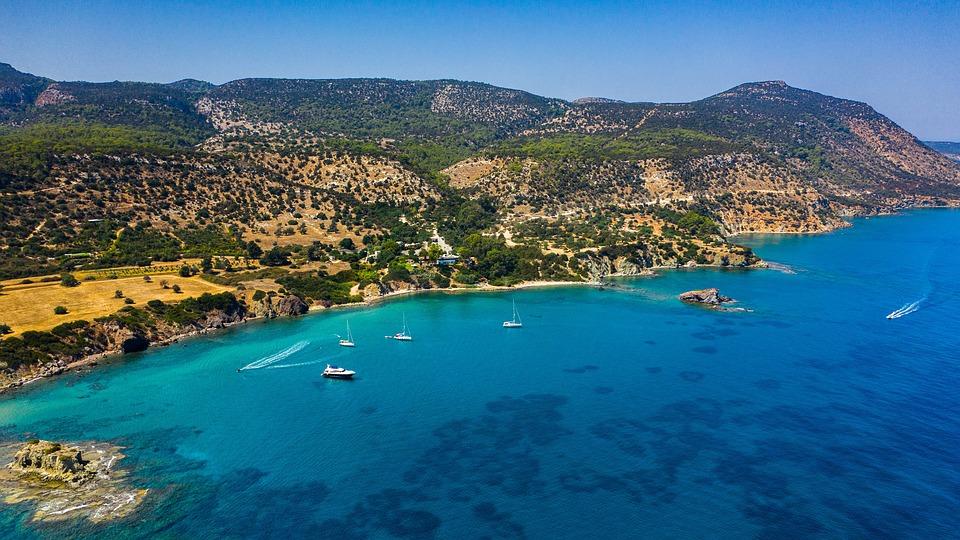
Cypriot nature inspires the soul
Nature in Cyprus is as unique as the island itself. Every plant and animal is part of a harmonious ecosystem that exists thanks to a respectful attitude towards it. Whatever the time of year, there is always something amazing to see, from flowering fields in spring to pink flamingos in winter.
Walk through Cypriot forests, inhale the scent of Mediterranean herbs, stand by a salt lake waiting for a flock of flamingos or take a dip in the clear sea with sea turtles. And then you will understand why Cypriot nature remains forever in the heart of everyone who sees it.
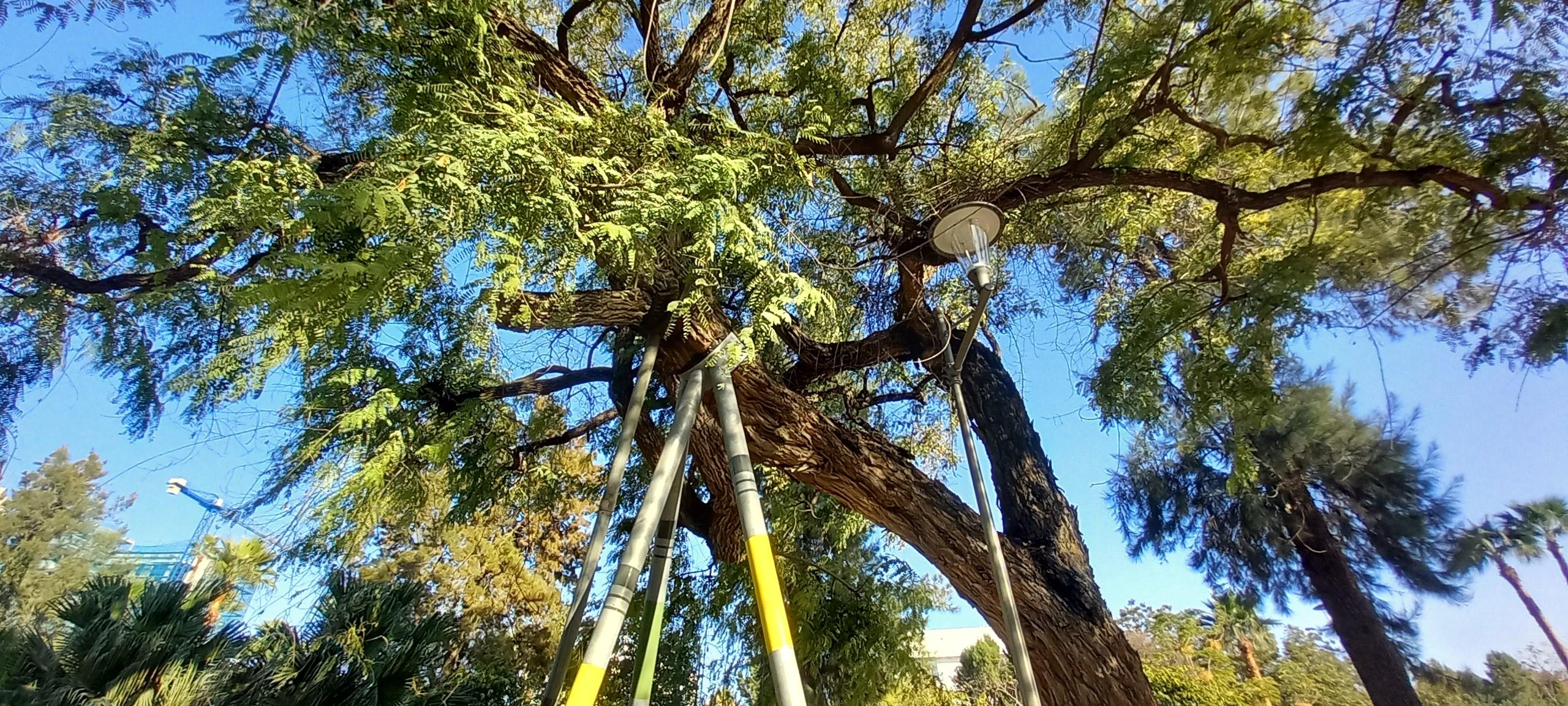
Read also:

